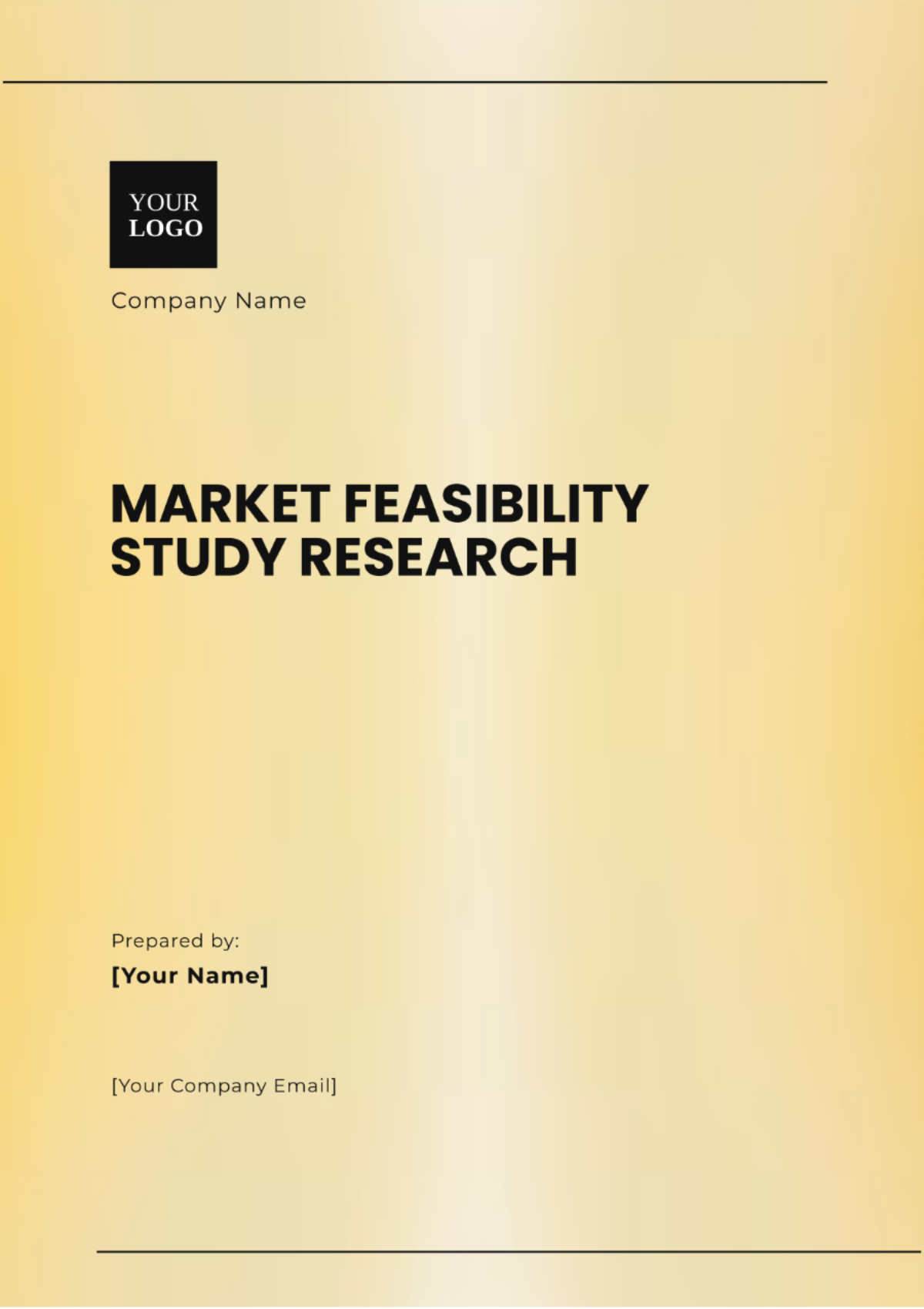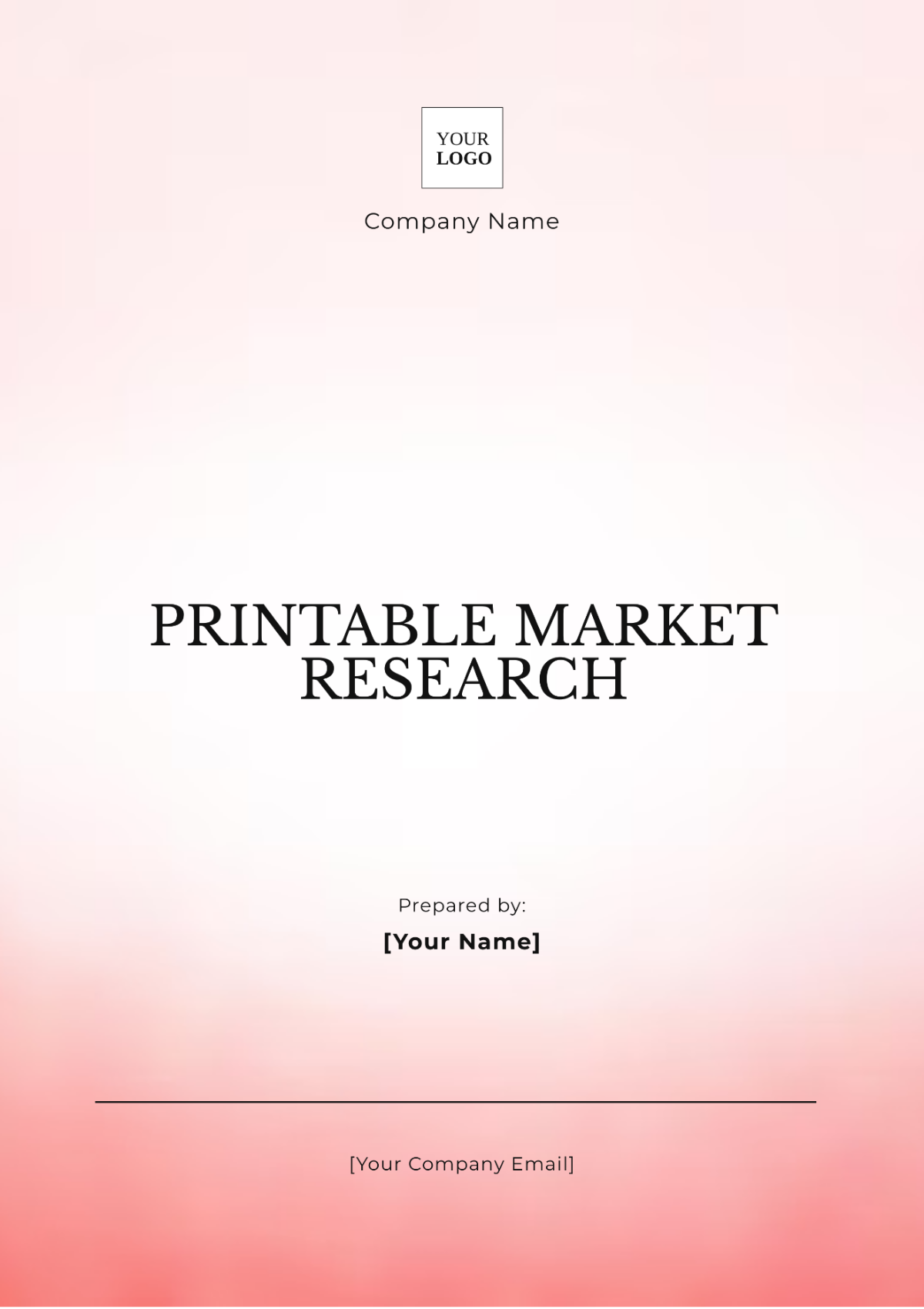Free Marketing Research Document on Product Market Fit
Discover unparalleled insights with Template.net's Marketing Research Document on Product Market Fit Template. This editable and customizable tool empowers your market research endeavors. Crafted for precision, it's seamlessly editable in our Ai Editor Tool, ensuring effortless customization. Elevate your product strategy with this essential resource.






























